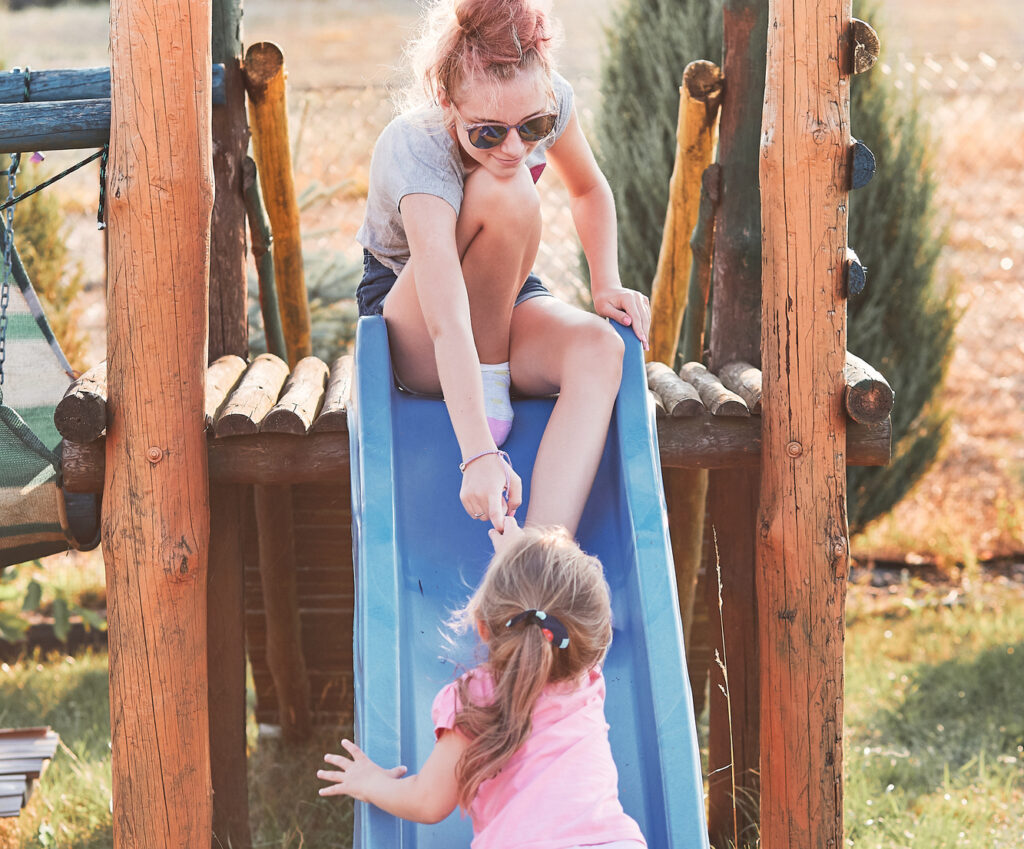How a lack of empathy is manifesting in kids and what we can do about it
Most kids are naturally empathetic. Children who feel secure and loved are especially sensitive to the needs of others. However, researchers have noted a lack of empathy in our kids over the past several years.

Empathy and ‘perspective–taking’ are thought to be in precipitous decline for college students and teens. And because of bullying, violent media, and peer pressure, empathy levels for some middle and elementary kids are worse.
Having educated more than 30,000 students over the past two decades, here are a few alarming trends I have seen over the past few years:
- There has been an increase in both bullying and cyberbullying.
- Teachers complain that their students do not know how to have a conversation.
- There has been a decline in face-to-face interpersonal skills with peers. Many kids don’t know how to talk to one another and work out their problems.
- Screen time is out of control. Many kids are on their smartphones and tablets more than they sleep.
- Social media itself is invasive and weighs on kids’ mental health, causing increases in stress and depression.
- Many children lack self-compassion.
How To Address a Lack of Empathy in Kids
Our kids are always watching us. Parenting from a place of empathy is essential. It helps you connect with your child to meet their needs. And when they see you respond with care and sensitivity to others, it becomes part of their way of life.
Another way to curb a lack of empathy is to build a foundation of self-compassion. The earlier we start, the better.
Karen E. Gerdes, an associate professor in the School of Social Work at Arizona State University, says self-compassion can help in that regard: “A lot of kids don’t have self-soothing behaviors nor know how to manage their feelings.” However, self-compassion improves individual ability to articulate feelings. “It provides a vocabulary,” she says. (source)
Research indicates there are many benefits for those with self-compassion, which refers to ‘being kind to yourself’. It is a great way to improve your emotional wellness and the well-being of those around you.
And you will not be surprised when I say that the way to increase self-compassion is, yes, empathy! We extol empathy for others, but first you need to be empathetic to yourself.
Empathy Starts With Having Self Compassion
Self-compassion is also a great treatment plan for low self-esteem. “Self-compassion and treating yourself with the same kindness and care you treat a friend” is what Kristen Neff, a professor of educational psychology at the University of Texas at Austin, recommends.
Another approach is to be “kind and understanding toward one’s self in instances of pain or failure rather than being harshly self-critical.”
Self-compassion means that we encourage our kids to value themselves and to not be too critical of themselves. We don’t want our kids to beat themselves up for making a mistake. It’s up to us to remind them that everyone makes mistakes, and that it’s OK.
As an empathy fanatic, I define self-compassion as “empathy for oneself.” Springing from that, your child can better feel empathy for others, building on a foundation of self-empathy. It might be analogous to the maxim: “You can’t really love someone else until you love yourself.”
When your child feels low or lonely, sit down with them and open their treasured self-compassion box (see below for instructions). Revisit good times and favorite things, allowing your child to regenerate self-worth.
Strengthened by a foundation of self-compassion or empathy for oneself, your kids will be better able to handle challenges and peer pressure, resulting in kinder, more respectful and more successful human beings. Families that practice self-compassion and empathy reap great benefits also.
Have Fun with Empathy
Here’s an empathy building activity to try with your kids:
Construct self-compassion boxes for everybody in your family. Have them select only things that evoke great memories and good times, such as special greeting cards, small gifts or toys, or perhaps something from nature.
Place them in the special box (at least shoebox size) and work together to decorate boxes. Try making a new one each year when they enter a new grade.
